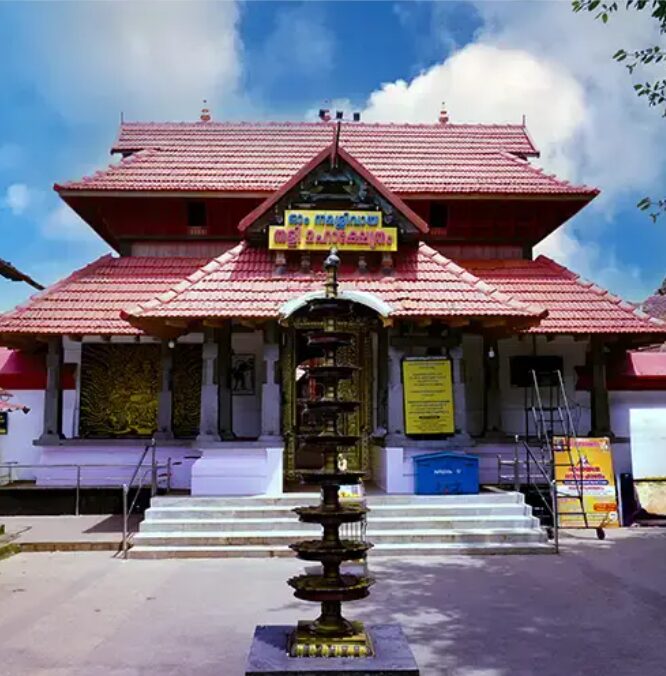Tali Temple in Kozhikode is a profound symbol of Kerala’s spiritual heritage and architectural brilliance, with origins tracing back to the 14th century under the patronage of the powerful Zamorin rulers. This ancient temple, or Tali Maha Kshetram, is not just a place of worship; it’s a living testament to the rich cultural heritage and a crucial part of the city’s identity.
A History Carved in Stone and Wood
Tali Temple’s history is steeped in legend. While the current structure was built in the 14th century by the Zamorin rulers of Calicut, local lore claims its origins go back to the Dwapara Yuga, with the lingam said to be installed by Parasurama, the mythical creator of Kerala. The temple, a family shrine of the Zamorins known as “Sailabdheswara” (Lords of the Mountain and Sea) was also a hub for learning and culture. Though it suffered damage during Tipu Sultan’s 18th-century invasion, it was carefully restored, with a major renovation in 1964, preserving its heritage for future generations.
Architecture and Structure
Tali Temple is a classic example of Kerala’s traditional temple architecture. Its two-story chariot-shaped sanctum is decorated with detailed murals, wood carvings, and granite sculptures. The temple’s elephant-belly-shaped walls enclose a peaceful complex with several shrines. Lord Shiva, worshipped as Umamaheswara (Shiva with Parvati), is the main deity, but the complex also has shrines for Lord Vishnu, Narasimhamoorthy, and various forms of Ganapathy and Bhagavathy, making it a vibrant spiritual center.
Cultural Significance
Beyond its religious importance, Tali Temple is known for Revathi Pattathanam, a seven-day annual cultural and intellectual festival held in October/November. Scholars gather to debate and discuss philosophy and literature, continuing a tradition from the Zamorin era. The event ends with selected scholars receiving the prestigious title of “Bhatta,” highlighting the temple’s role as both a spiritual and intellectual hub.
Visiting Tips
Timings: The temple is generally open from around 4:30 AM to 11:00 AM and again from 5:00 PM to 8:30 PM.
Dress Code: Visitors are required to follow a strict traditional dress code. Men must wear a mundu or dhoti without a shirt inside the inner premises. Women are expected to wear traditional Indian attire like sarees or salwar suits.
Entry Fee & Rules: There is no entry fee to the temple. However, it’s important to note that electronic devices like mobile phones and cameras are not permitted inside.
A visit to the Tali Temple is more than just a tour; it’s an immersive experience into the heart of Kozhikode’s history, spirituality, and cultural identity. Whether you’re a devotee seeking blessings or a history buff eager to explore ancient architecture, this temple offers a profound and unforgettable journey.

